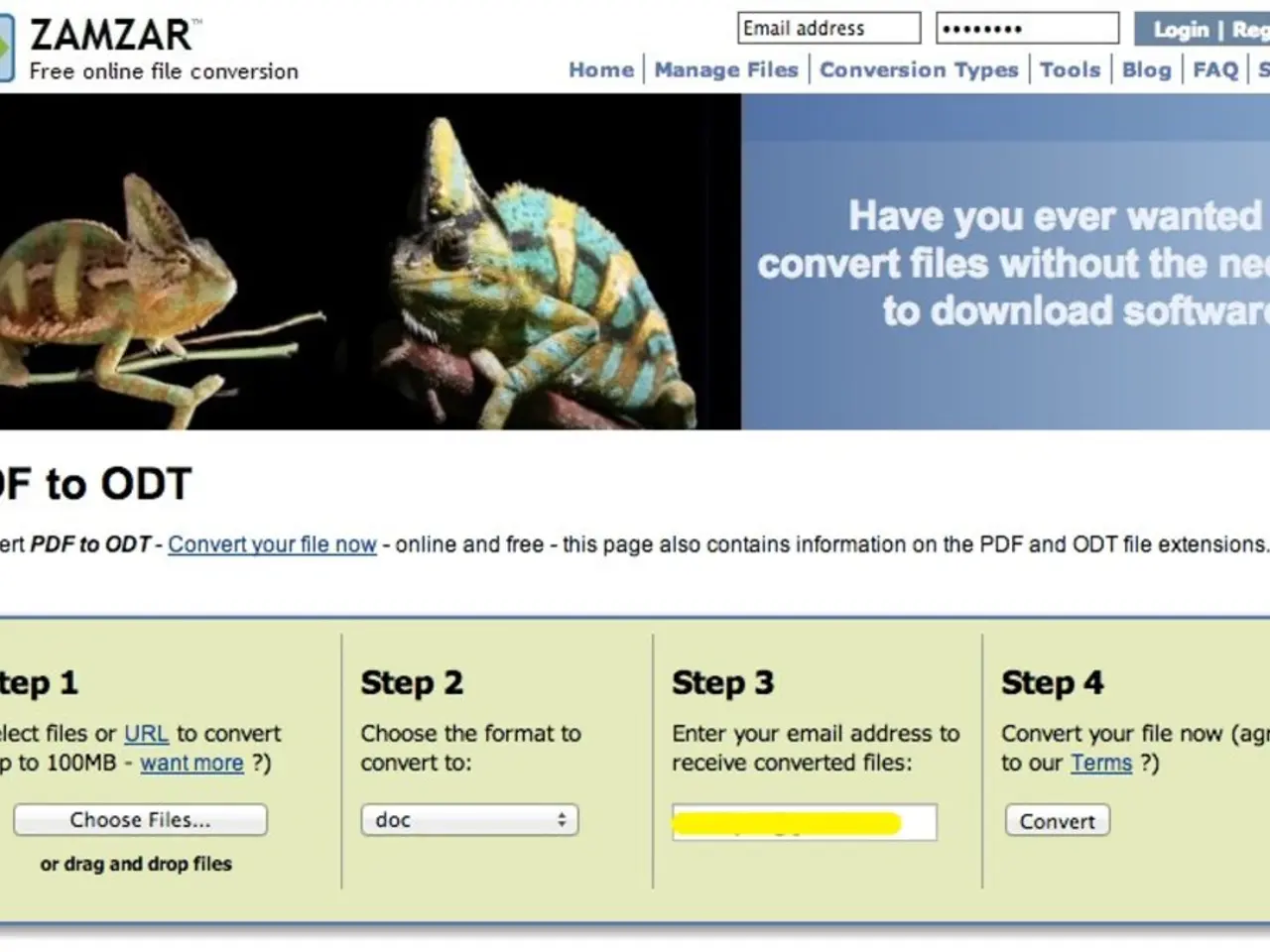Government's digital expert asserts that mobile web surpasses app usage for public services
The UK government's digital transformation has taken a significant step forward, with the new government website, gov.uk, now receiving approximately 25% of its traffic from mobile devices. In response to this increasing demand for online services from mobile users, the government is increasingly incorporating responsive design into its online services.
This approach, which renders websites differently for different devices, is advocated by the UK's Government Digital Service (GDS) and is being implemented using HTML5. The GDS believes that optimizing public services for the mobile web ensures wider accessibility, easier maintenance, and lower barriers for users to engage without installation.
Tom Loosemore, the deputy director of the GDS, emphasized the benefits of this approach, stating that for utility public services, making websites adapt effectively to a range of devices is a better strategy than developing apps. He presented five questions for civil servants to consider before designing a native app:
- Is the service essential and cannot be delivered through the mobile web?
- Is the service frequently used, and would users benefit from a native app experience?
- Can the service be improved by using native capabilities, such as camera or GPS?
- Is the service a standalone product, or is it part of a larger ecosystem that requires integration with other services?
- Is the service targeted at a specific audience that may not have access to a reliable internet connection?
From April 2014, all new or redesigned transactional government services will be required to feature responsive design. This approach allows for quicker iteration of services, minimizes market impact, and is cheaper to support.
According to Loosemore, this strategy also supports greater digital inclusion, as web services can adhere more straightforwardly to accessibility standards across a variety of devices and assistive technologies. They can also be combined with offline alternatives to ensure inclusive access.
The GDS's approach also facilitates secure, unified access without being locked into specific app ecosystems, as seen with initiatives like One Login and digital identity wallets. This approach aligns with GDS’s digital inclusion focus, ensuring services are broadly usable across devices and minimizing dependency on app stores with their restrictions and costs.
In contrast, native apps face challenges such as app store gatekeeping, platform-specific development complexities, higher maintenance effort, and potential restrictions that can hinder innovation and user choice. Thus, the GDS’s preference for mobile web optimization reflects a strategic choice to promote inclusivity, flexibility, cost efficiency, and innovation in delivering online public services across the UK population.
References:
[1] Loosemore, T. (2013). The mobile web is a winner for government services. [Online]. Available: https://gds.blog.gov.uk/2013/10/28/the-mobile-web-is-a-winner-for-government-services/
[2] Loosemore, T. (2014). Mobile first: why the government should prioritize mobile web over native apps. [Online]. Available: https://www.wired.co.uk/article/mobile-first-uk-government-app-development
[3] Government Digital Service. (2014). Design principles. [Online]. Available: https://www.gov.uk/service-manual/design-principles/design-principles
Data-and-cloud-computing technology plays a crucial role in the UK government's digital transformation, as the Government Digital Service (GDS) employs HTML5 to implement responsive design for its online services, ensuring wide accessibility, easier maintenance, and lower barriers for users. This strategy, aligned with the GDS's focus on digital inclusion, prioritizes the mobile web over native apps, contingent on specific conditions outlined by Tom Loosemore, the deputy director of the GDS.




